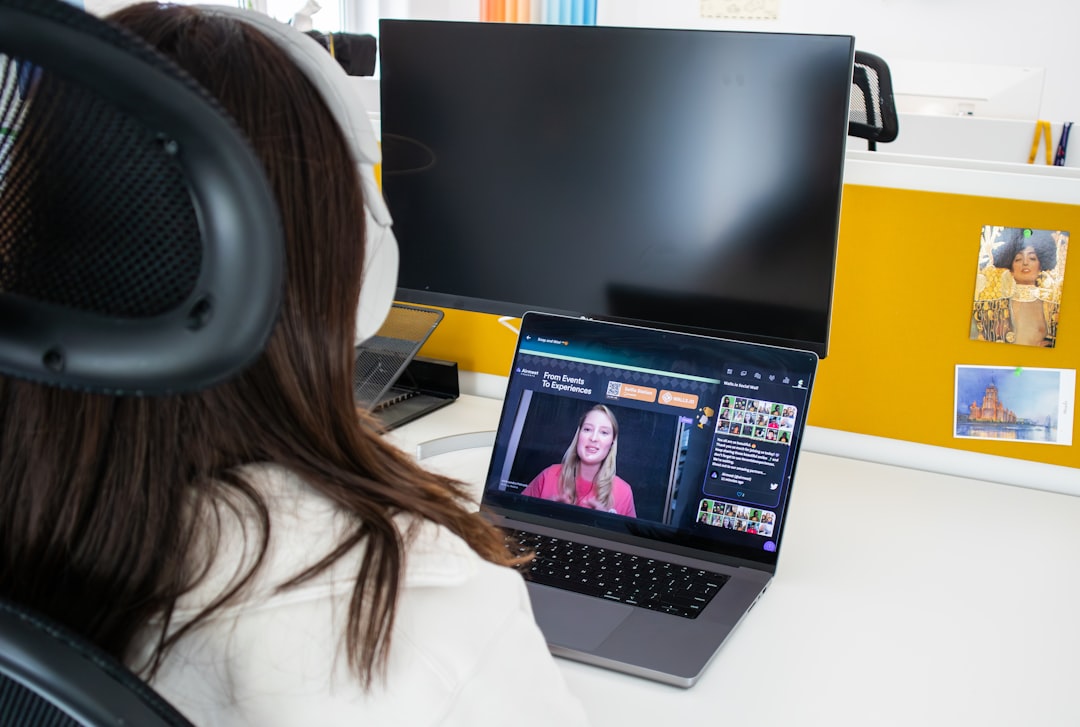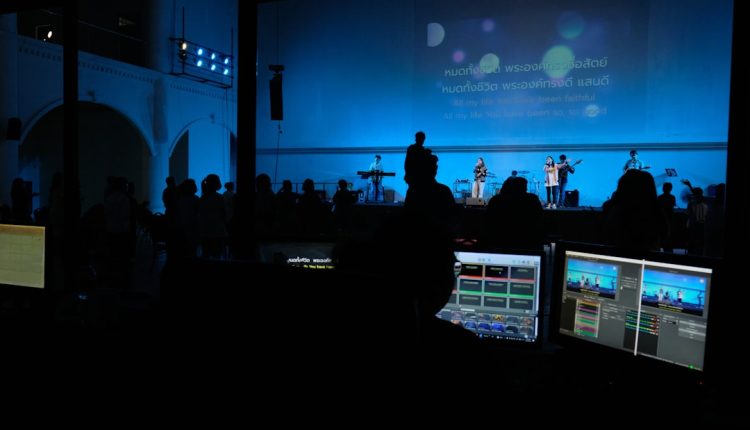In the rapidly evolving landscape of online content and virtual events, creators and hosts in the United States are constantly looking for tools that offer flexibility, professionalism, and user engagement. One platform that has emerged as a leader in this space is Crowdcast. With its unique approach to live streaming and audience interaction, Crowdcast is redefining how events are run digitally, providing a streamlined yet powerful medium for creators, educators, and entrepreneurs alike.
What Sets Crowdcast Apart?
Table of Contents
Crowdcast diverges from the traditional live-streaming model by focusing not just on the broadcast itself, but on cultivating a long-term community around each stream. Unlike platforms such as YouTube Live or Facebook Live, which prioritize reach and mass sharing, Crowdcast is engineered to foster deeper participation, engagement, and monetization opportunities.
Some of the standout features that distinguish Crowdcast include:
- Browser-based setup: No downloads are required, allowing participants to join events directly from their browser, reducing technical barriers
- Integrated chat and Q&A modules: These features promote real-time interaction, encouraging viewers to engage more with hosts and each other
- Built-in monetization tools: This includes options like paid registration, tipping, and subscription-based access to private events
- Versatile integrations: Seamless compatibility with tools such as Zapier, Mailchimp, and Patreon enhances functionality for creators focused on scalability
These advantages make Crowdcast a strong contender for hosting anything from a niche webinar to a full-blown virtual summit.
Catering to the Needs of U.S.-Based Creators
The creator economy in the United States has grown exponentially in recent years, with millions attempting to monetize their skills and knowledge through digital platforms. U.S.-based creators often face the difficulty of standing out in a saturated market while maintaining consistent audience engagement and monetizing their efforts effectively. Crowdcast addresses these needs beautifully.
Ease of use makes the platform accessible even for creators without a tech background. Artists, educators, coaches, musicians, and small business owners can easily tailor events to their audience, be it through offering exclusive workshops or running live Q&A sessions.

Additionally, Crowdcast’s data insights allow creators to track audience retention, registrations, and behavior. This analytics backbone enables smarter decision-making and more effective content strategies, fulfilling the demand for a data-informed approach in the competitive U.S. digital space.
Revolutionizing Live Events
Traditionally, live events require significant resources: venue rental, coordination of staff, logistical planning, and more. For independent hosts and small organizations, this can be a daunting task. Crowdcast reduces the need for physical infrastructure, eliminating many of these overheads while preserving the live event experience.
What’s more, Crowdcast events can be:
- Public or private: Event hosts can establish limited-access streams for subscribers or internal company functions
- Recurring: Ideal for running serialized live podcasts, classes, or talk shows
- Interactive: Attendee polls, breakout discussions, and replay capabilities encourage user participation well beyond the live meeting time
Imagine a yoga instructor running nightly classes, a motivational speaker hosting weekly seminars, or a musician playing monthly acoustic sessions—all managed online via Crowdcast. These forms of engagement not only replace but in many ways improve upon traditional events.
Empowering Educational Content
The educational sector in the U.S. has seen a major pivot toward online learning. From independent tutors to university extension programs, the need for an easy-to-deploy digital classroom has grown. Crowdcast offers an intuitive interface for educators to conduct workshops, lectures, and training sessions.
Teachers and course creators can record sessions, provide custom access controls, and even integrate with learning management systems (LMS). Furthermore, the platform supports multimedia sharing, enabling the delivery of a dynamic and media-rich educational experience.
Here are common use cases for educators using Crowdcast:
- Virtual classrooms for remote learning
- Live office hours or tutoring sessions
- Panel discussions and academic conferences
- Certification programs and workshops with gated content
This flexibility enables schools, independent consultants, and training firms to diversify their content delivery methods without incurring additional infrastructure costs.
Business and Brand Building
For entrepreneurs and business professionals, brand credibility and client interaction are paramount. Crowdcast provides a platform where businesses can host live seminars, product launches, and client Q&A sessions that resonate with a digital-first audience. This has become increasingly important for startups and consultants developing trust and rapport in competitive markets.

Crowdcast’s polished layout and customizable themes ensure that brand identity is upheld throughout the presentation. In contrast to informal social media streams, Crowdcast offers a more professional and tailored experience, enabling business owners to represent their brand effectively while still enjoying the conversational feel of live interaction.
Monetization and Audience Growth
Another transformative aspect of Crowdcast is its built-in support for monetization. U.S. creators often rely on multiple income streams—product sales, subscriptions, affiliate marketing, and donations. Crowdcast aligns well with these models by supporting:
- Pay-per-event tickets, which allow creators to monetize exclusive content without the need for external payment processors
- Membership-based access, ideal for creators with existing communities on platforms like Patreon or Discord
- Sponsored events that integrate promotional partnerships without disrupting the viewer experience
Moreover, events hosted on Crowdcast can be automatically recorded and made available on-demand, creating an evergreen library of paid or free content that can be marketed long after the original session has ended.
Limitations and Considerations
While powerful, Crowdcast isn’t the perfect tool for every use case. Organizations with highly customized infrastructure needs or those requiring advanced multi-camera studio setups might find its browser-based simplicity limiting. Also, streaming performance can sometimes depend on internet stability, which is a consideration for rural or underserved areas in the U.S.
Additionally, although the platform offers scalability, pricing may be a barrier for creators just starting out. Subscription plans are tiered based on audience size and event frequency, which may prompt some to begin on alternative free platforms until they are ready to scale.
The Future of Digital Engagement
As the world continues to tilt towards digital-first experiences, tools like Crowdcast will become indispensable. The platform’s consistent evolution—bolstered by integrations, API functionality, and focus on virtual engagement—ensures its continued relevance in the competitive U.S. market.
From political campaign rallies to independent book launches, the variety of applications for Crowdcast is growing by the day. For the American creator looking to build an audience, share knowledge, and generate revenue, Crowdcast offers a toolkit that is both simple and robust enough to meet modern-day challenges.
Whether used for building communities, running businesses, or educating learners, Crowdcast is no longer just a technical tool—it’s a digital venue where ideas find their audience.
In conclusion: Crowdcast is reshaping what it means to go live. In doing so, it is unlocking new levels of freedom, interaction, and income potential for a new generation of creators across the United States.

